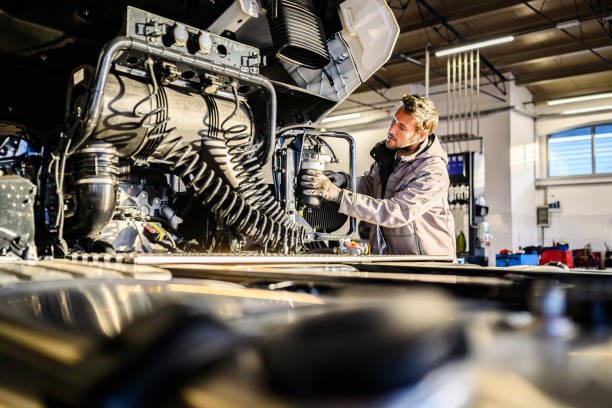A transmission jack is an essential tool in automotive repair and maintenance, designed specifically to aid in the removal and installation of vehicle transmissions. Understanding how a transmission jack works can provide valuable insights into its functionality and importance in ensuring safe and efficient operations within a workshop environment.
At its core, a transmission jack is engineered to handle the significant weight and unwieldy shape of a vehicle’s transmission system. This specialized piece of equipment typically consists of a sturdy base with wheels or casters for mobility, a hydraulic lifting mechanism, and an adjustable saddle that cradles the transmission securely. The primary function of this apparatus is to support the transmission during removal from or installation into the vehicle chassis.
The operation begins with positioning the vehicle securely on a lift to access its undercarriage comfortably. Once elevated, mechanics will position the transmission jack beneath the vehicle’s transmission system. The adjustable saddle plays a crucial role at this stage as it can be manipulated to fit various angles and positions required by different types of transmissions. This adaptability ensures that regardless of whether one is working on manual or automatic systems, or dealing with front-wheel-drive versus rear-wheel-drive configurations, there is always adequate support uncover hidden gems provided.
The hydraulic lifting mechanism constitutes another vital component. By operating either through manual pumping or powered means—depending on whether it’s manually operated or electric—the hydraulics allow for smooth elevation adjustments when aligning with mounting points during both disassembly and reassembly processes.





